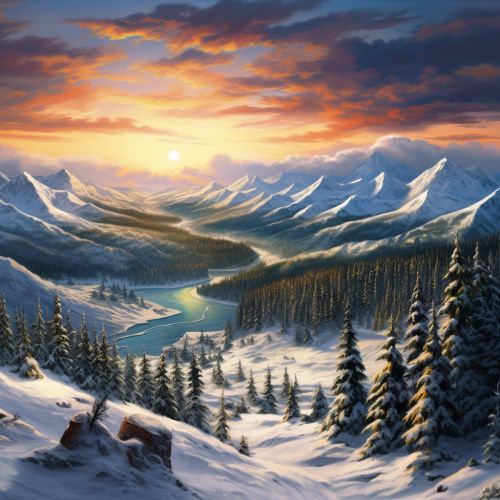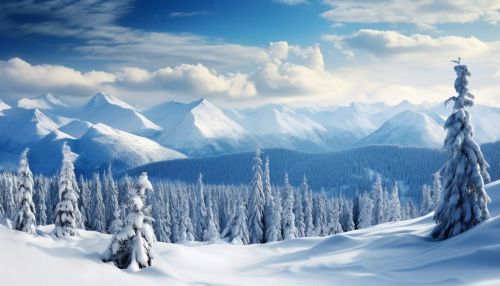Siberia
Geography
Siberia, a vast geographical region, extends from the Ural Mountains in the west to the Pacific Ocean in the east, and from the Arctic Ocean in the north to the borders of Kazakhstan, Mongolia, and China in the south. It covers approximately 13.1 million square kilometers, which is 77% of Russia's total territory, making it one of the largest regions in the world. However, despite its vast size, Siberia is sparsely populated, with a population density of about three people per square kilometer.


Climate
The climate in Siberia is characterized by extreme variations, with harsh winters and short, warm summers. The region is known for its continental climate, which is characterized by a large annual temperature range. The coldest recorded temperature in the Northern Hemisphere was recorded in Oymyakon, a small village in northeastern Siberia, where temperatures can drop to below -50 degrees Celsius in winter. Despite the harsh winters, summers can be quite warm, with temperatures reaching up to 35 degrees Celsius in some areas.
Flora and Fauna
Siberia is home to a diverse range of flora and fauna, adapted to its harsh climate and varied landscapes. The region is covered by the largest continuous forest in the world, the Taiga, also known as the boreal forest. This forest is primarily composed of conifers, such as spruce, pine, and larch. Siberia is also home to several unique animal species, including the Siberian tiger, the largest cat species in the world, and the rare snow leopard.
History
The history of Siberia is as vast and diverse as its geography. The region has been inhabited by various indigenous groups for thousands of years, including the Yakuts, Buryats, and Chukchi. Russian exploration and conquest of Siberia began in the late 16th century, led by the Cossack leader Yermak Timofeyevich. The discovery of rich fur resources in the region led to an influx of Russian settlers. During the Soviet era, Siberia was known for its network of gulags, or forced labor camps, where many political prisoners were sent.
Economy
Siberia's economy is heavily dependent on its rich natural resources. The region is a major producer of minerals, including coal, oil, and natural gas. Siberia's Norilsk region is one of the world's largest producers of nickel and palladium. The region is also known for its forestry and fishing industries. Despite these resources, economic development in Siberia has been hindered by its harsh climate and remote location.
Culture
Siberia is home to a rich cultural heritage, with numerous indigenous groups each having their own unique traditions and languages. The region is known for its folk music, with traditional instruments such as the Balalaika and the Dombra. Siberian cuisine is heavily influenced by the region's harsh climate, with dishes often based on fish, game, and foraged ingredients.
